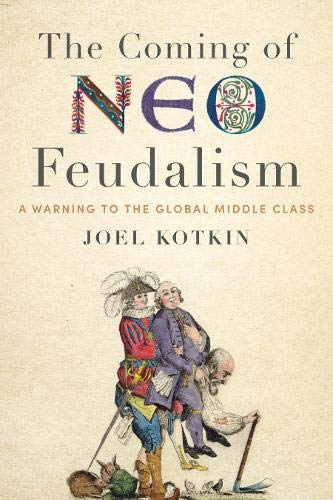Jamie Lerner, who served as mayor of Curitiba, Brazil and governor of the state of Parana passed away in late May. Lerner was about as unique as possible for an elected official --- one who, at least in urban planning --- managed not only to fashion a vision of “what could be” for his municipality’s citizenry, but also delivered it. An integral part of his success (see below) was to reject long-term megaprojects for what can be accomplished in the near term. read more »
Transportation
Celebrating the Transit Work of Curitiba's Jamie Lerner
- Login to post comments
A Bust to the EV Growth Projections May Be in the Making
With a simple stroke of the pen, Governor Newsom believes he has the power to change the lifestyles of all California residents, and control the supply-demand balance for societies and the economy’s transportation needs.
Since half the electronic vehicles (EVs) in the entire country are registered in California, the troubling news is that there may be warning signs about a bust to the EV growth bubble, as the statistics from California demonstrate that: read more »
- Login to post comments
Joe Biden's Imaginary America
After two painful recessions and ever greater national discord, there is considerable support for a new beginning, even if it takes massive federal spending. The question we must ask now is what kind of spending makes sense given the character of the country, its geography, and its economic challenges. America remains a vast and diverse place, and decisions that make sense for one locale do not necessarily make any sense in others. A dispersed country needs dispersed decision-making, not edicts issued from on high by the D.C. nomenklatura. read more »
- Login to post comments
$85 Billion for Empty Buses and Railcars
The future of public transit is nearly empty buses and railcars. Yet President Biden’s American Jobs Plan calls for spending $85 billion on transit. Although transit carries less than 1 percent of passenger travel in the United States, and no freight, this represents 28 percent of the funds Biden proposes to spend on transportation. read more »
- Login to post comments
Even the Manhattan Institute Says Curb Your Car
If an early April panel discussion (virtual) of the Manhattan Institute on “Planning the Post-Covid City” was surprisingly progressive, maybe it was because this talk of revolution in the streets was about reallocating little more than parking spaces. Yet that much upheaval is basic, these panelists agreed, to renewal of New York’s pre-pandemic glory. read more »
March 2021 Transit Ridership Down 59%
Public transit carried 33 percent fewer riders in March 2021 than in March 2020 and 59 percent fewer than in March 2019, according to data published yesterday by the Federal Transit Administration. read more »
Vuca Waymo
I’m prone to going down YouTube rabbit holes that take me to unexpected places. I recently eavesdropped on a Zoom conference where a woman in rural Idaho was strategizing on the global dairy trade. Turns out Mormon farmers are locked in a dog-eat-dog international competition over bulk milk commodities and specialty cheeses. New Zealand is their prime nemesis. Who knew? read more »
- Login to post comments
Here's to Next GM Revolution in Spring Hill, Tennessee
Remember how states and cities breathlessly pursued Tesla’s battery “gigafactory” in 2014 and Amazon’s “HQ2” in 2018? In the 1980s, localities went after General Motors’ Saturn project with much the same ardor before the “revolutionary” initiative landed in Spring Hill, Tennessee. read more »
- Login to post comments
Telework: Huge Greenhouse Gas Reductions Per Statistics Canada
Canada’s greenhouse gas emissions could be reduced as much as 8.6 megatonnes (metric tons) if “all potential teleworkers would work from home most of the time,” instead of physically commuting (traveling to and from work). The analysis was performed by Statistics Canada, the national statistics and census office. read more »
- Login to post comments
Economy Thrives While CBDs Dive
The argument that central business districts (CBDs) are the engine rooms of the Australian economy is being tested right now. read more »
- Login to post comments






















